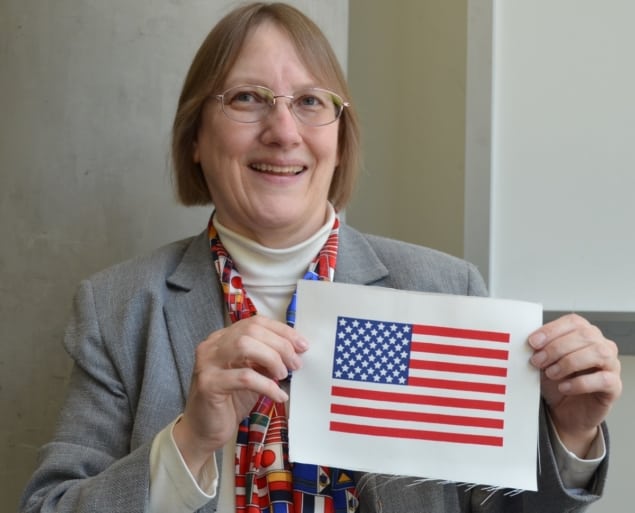
This month marks the 50th anniversary of the Apollo 11 Moon landing, which famously involved the planting of an American flag on the lunar surface. In “An astronomical accomplishment”, we meet the vexillologist Annie Platoff who is a leading expert on flags that have been placed on the Moon. Based at the University of California, Santa Barbara, Platoff explains that putting a flag on the Moon was a significant technological accomplishment. “For me, the flag on the Moon is an excellent example of something that seems very, very simple, but once you really start thinking about it, you realize is very complex,” see says. In the article, she explains how several factors came together to make the flag look like it was flapping in a non-existent lunar breeze.
Keeping with the space theme, the UK’s Jodrell Bank Observatory has just been added to UNESCO’s World Heritage List. Located about 20 miles south of Manchester, the site was first used to detect radio waves from space in 1945 using surplus military radar equipment. The equipment had originally been installed at the University of Manchester but was moved by astronomer Bernard Lovell because of interference from nearby tram lines. The iconic Lovell radio telescope was built in 1957 and has become a much-loved landmark.
Above is a video recorded inside the ProtoDUNE neutrino detector by the particle physicist and vocalist Anastasia Basharina-Freshville. She is singing “We’ll fill it with argon”, which explains why the noble gas is used to detect the elusive particles. Enjoy!



